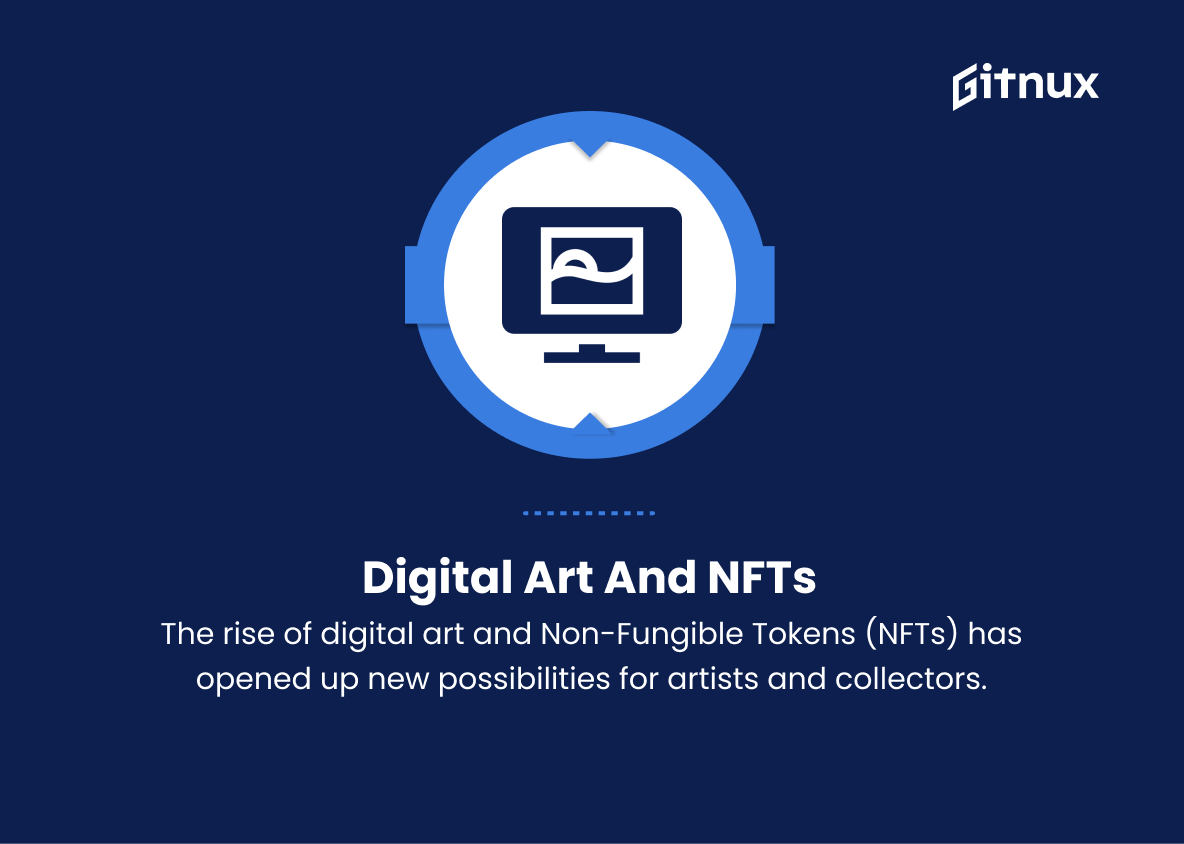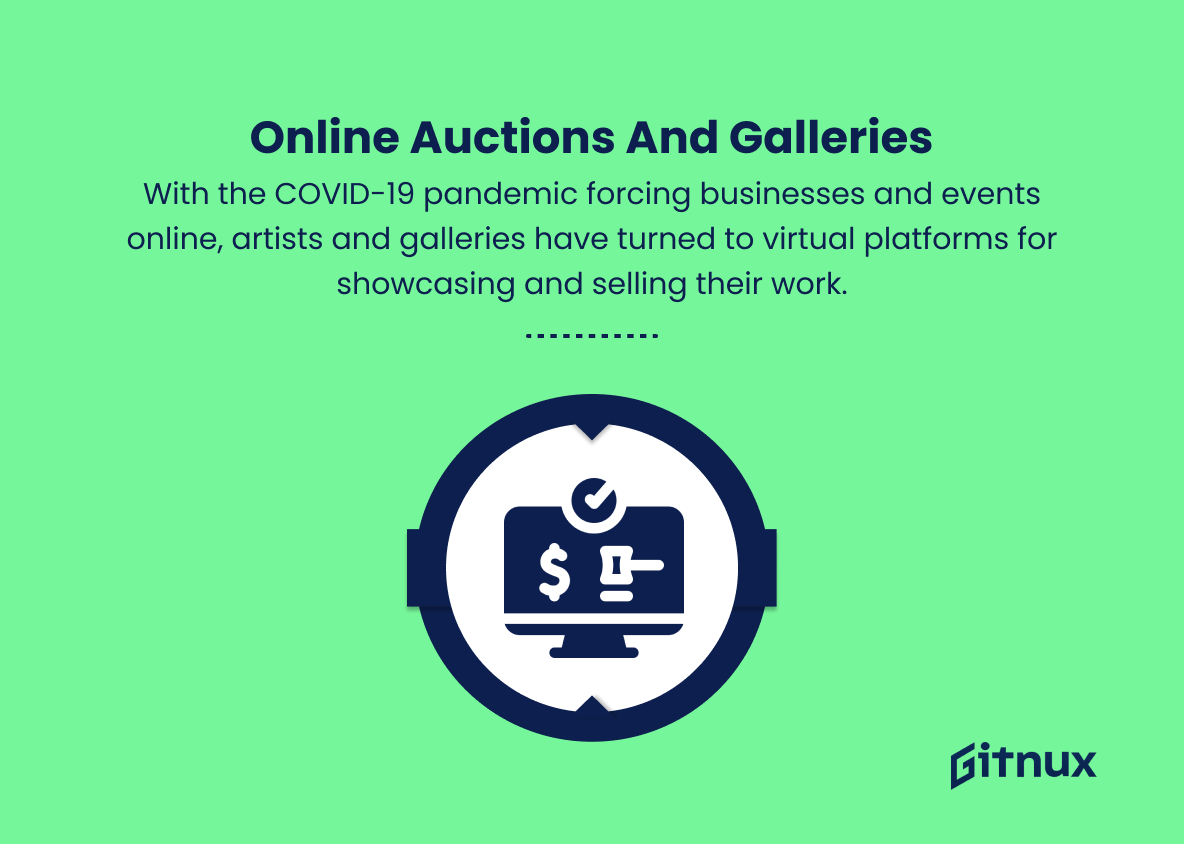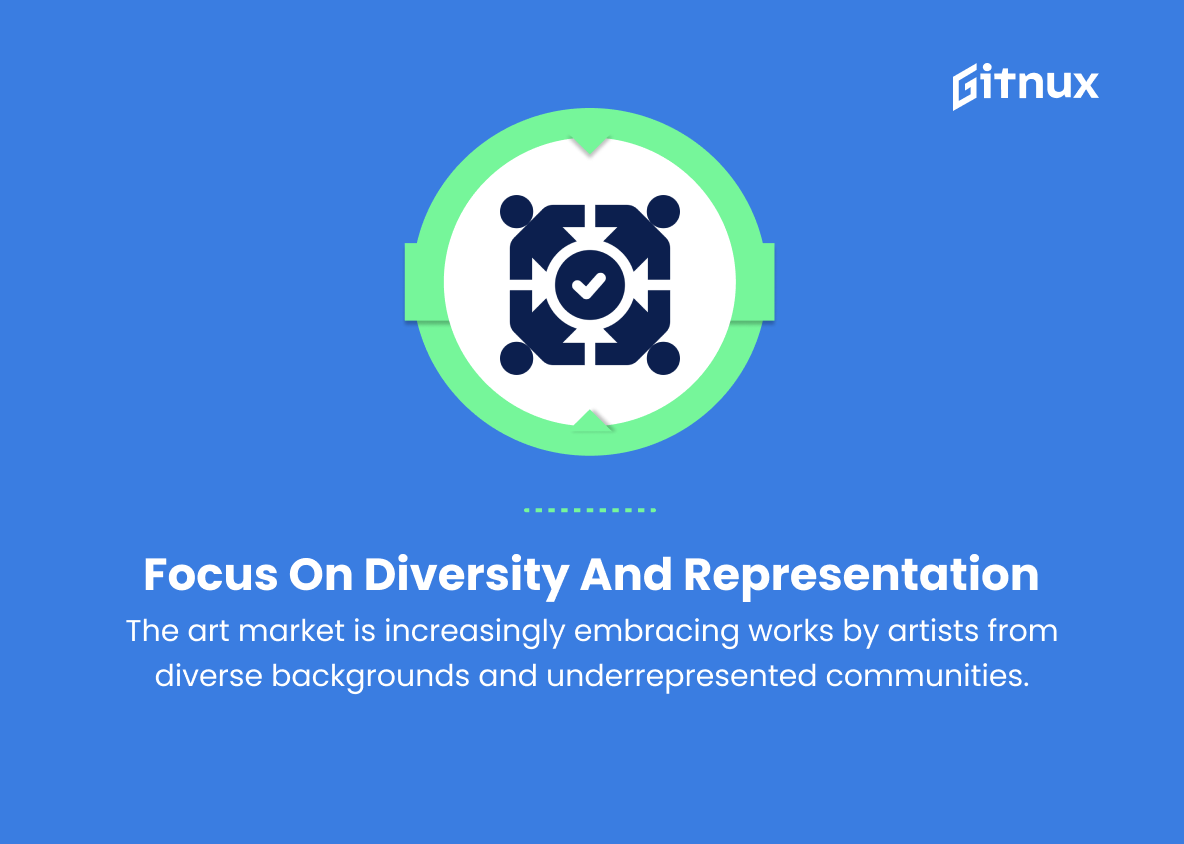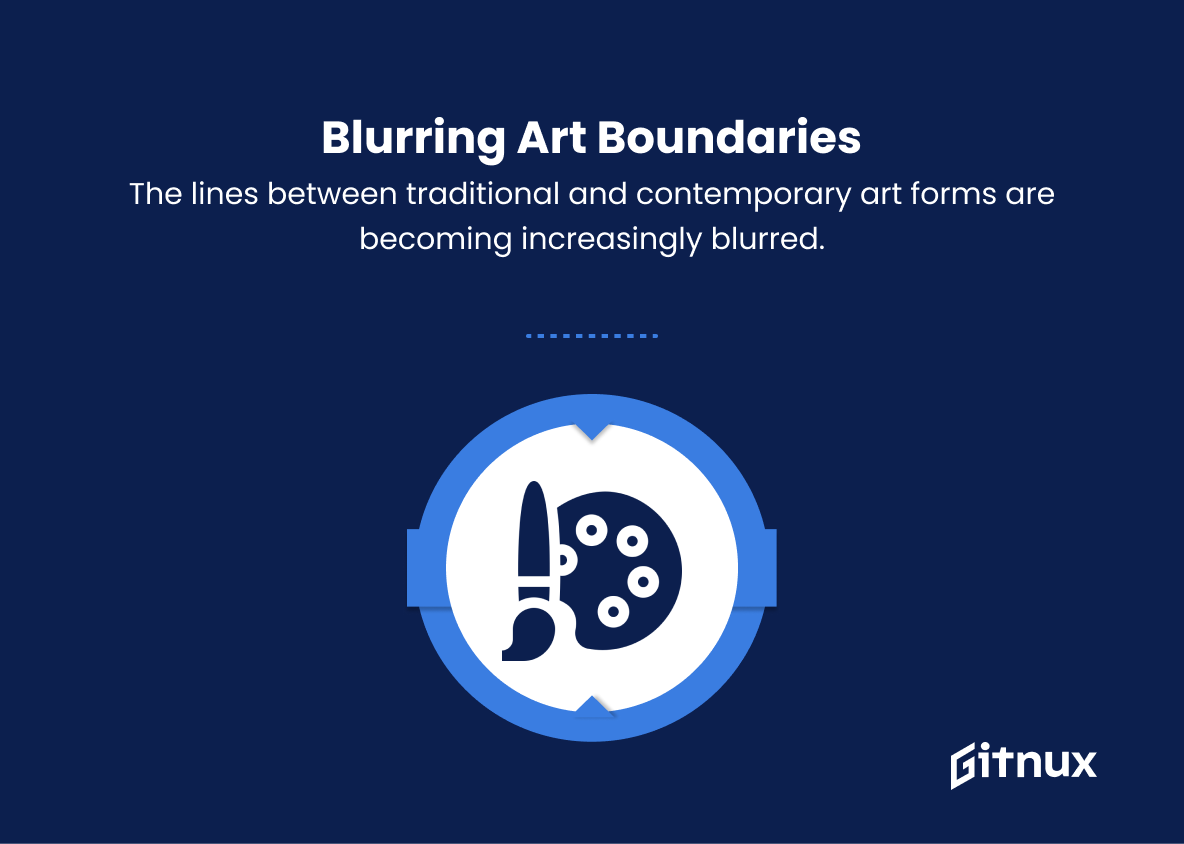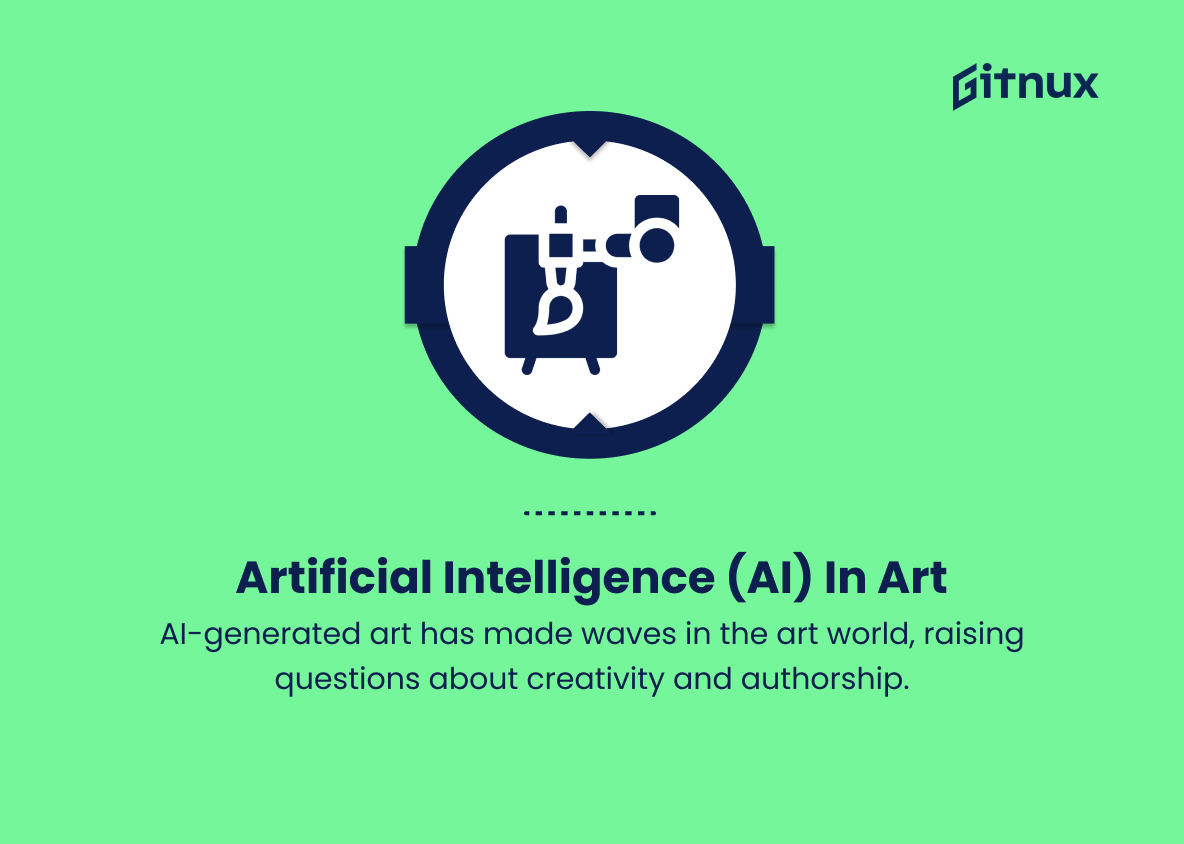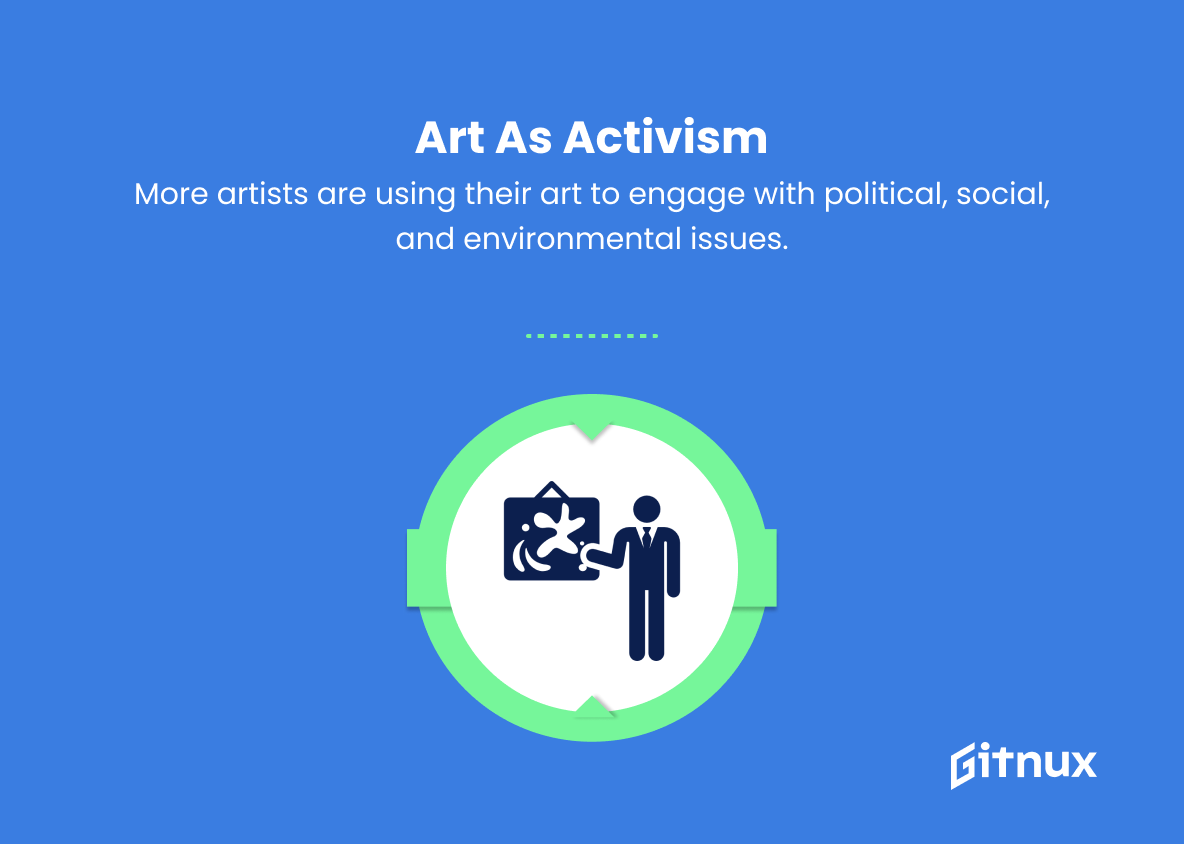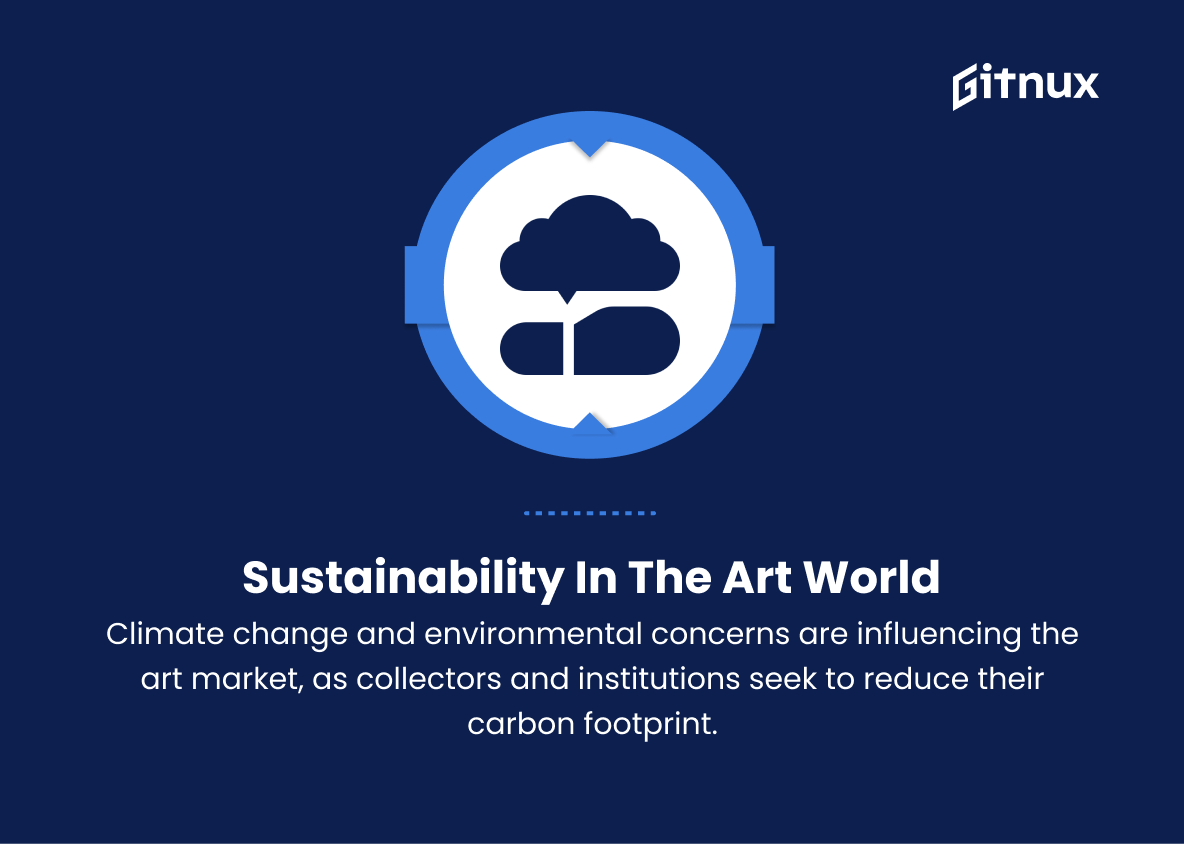As the global landscape continually evolves, the art world shifts and adapts to carve out its place within society. Exploring the ever-changing trends in the art market is essential for a comprehensive understanding of the forces driving both collectors and creators alike. In this thought-provoking blog post, we delve into the latest Art Market Trends, outlining the key factors at play in the current scene and examining how they influence artists, their work, and the community as a whole. With an eye to the future and a deep appreciation for the past, let us take a closer look at the direction the art market is headed in, and what that implies for artists and collectors alike.
Top Art Market Trends
1. Digital art and NFTs
The rise of digital art and Non-Fungible Tokens (NFTs) has opened up new possibilities for artists and collectors. This trend will continue to gain momentum, with more artists creating art for digital platforms and more buyers investing in NFTs as unique, tradable assets.
2. Online auctions and galleries
With the COVID-19 pandemic forcing businesses and events online, artists and galleries have turned to virtual platforms for showcasing and selling their work. This trend will likely continue even after the pandemic, with more art enthusiasts embracing the convenience of online exhibitions.
3. Focus on diversity and representation
The art market is increasingly embracing works by artists from diverse backgrounds and underrepresented communities. Collectors and institutions are recognizing the value of promoting a more inclusive art world, resulting in new opportunities for minority and marginalized artists.
4. Blurred boundaries between traditional and contemporary art
The lines between traditional and contemporary art forms are becoming increasingly blurred. Artists are now exploring innovative ways to infuse contemporary ideas with traditional techniques, creating a unique fusion and challenging the definition of art.
5. Artificial intelligence (AI) in art
AI-generated art has made waves in the art world, raising questions about creativity and authorship. This trend will likely continue, with AI becoming more sophisticated and more widely used in the creation, curation, and commercialization of art.
6. Art as activism
More artists are using their art to engage with political, social, and environmental issues. The trend towards art activism will continue to evolve, with artists finding new ways to drive conversations and provoke change.
7. Sustainability in the art world
Climate change and environmental concerns are influencing the art market, as collectors and institutions seek to reduce their carbon footprint. The materials used, transportation, and preservation methods in the art world are all undergoing scrutiny, with sustainability becoming a key trend.
8. Experience-driven art
Immersive and experiential art installations have been gaining in popularity, especially as they encourage social media sharing. Installations that allow audiences to participate or engage with the art in a meaningful way will continue to attract attention.
9. Resale royalties and artist rights
The rights of artists on the secondary market are coming to the forefront, with new discussions about resale royalties and equitable treatment of artists. This trend will likely lead to legislative changes and increased protections for artists.
10. Collaborations and crossover projects
Collaborations between artists from different mediums and genres are increasing. These crossover projects enable artists to explore new avenues and expand their creativity while appealing to diverse audiences.
These are just a few trends shaping the future of the art market. As technology, society, and global issues continue to evolve, so too will the way we create, experience, and engage with art.
Implications
The art market is undergoing a significant transformation driven by ten key trends, such as digital art and NFTs allowing artists and collectors to explore new opportunities in the digital space, and online auctions and galleries enabling greater accessibility and convenience for art enthusiasts. At the same time, a focus on diversity and representation is leading to increased appreciation for artists from diverse backgrounds and promoting a more inclusive art world. The boundaries between traditional and contemporary art are blurring as artists experiment with innovative fusions and techniques, while the role of AI is being examined in terms of creativity and authorship within the market sphere.
Furthermore, artists are engaging more with art activism, addressing political, social, and environmental issues, and sustainability is being emphasized as a critical aspect in the future of art. Meanwhile, experience-driven art installations are captivating audiences through immersive participation, while the rights of artists are being reexamined in terms of resale royalties and equitable treatment. Finally, collaborations between artists from various genres are fostering innovation and appealing to a wider range of viewers. Altogether, these trends are shaping a future art market characterized by inclusivity, innovation, sustainability, and accessibility as the world continues to evolve.
Conclusion
In summary, the art market trends discussed in this post demonstrate that creativity, innovation, and technology are driving forces propelling the industry forward. These trends also highlight the importance of staying informed and adaptable to changes and their potential impact. By embracing the evolving landscape of the global art market, artists, collectors, and industry professionals can gain a competitive edge, ensuring they keep pace with its ever-shifting dynamics.
The growth of online sales platforms, the rise of NFTs, a focus on sustainability, and the opportunities for emerging artists all signify an exciting future ahead for the art world. As we continue to observe these developments, it is essential to remember the value of supporting creativity and the role art plays in enriching our lives and global culture.
